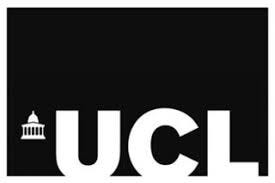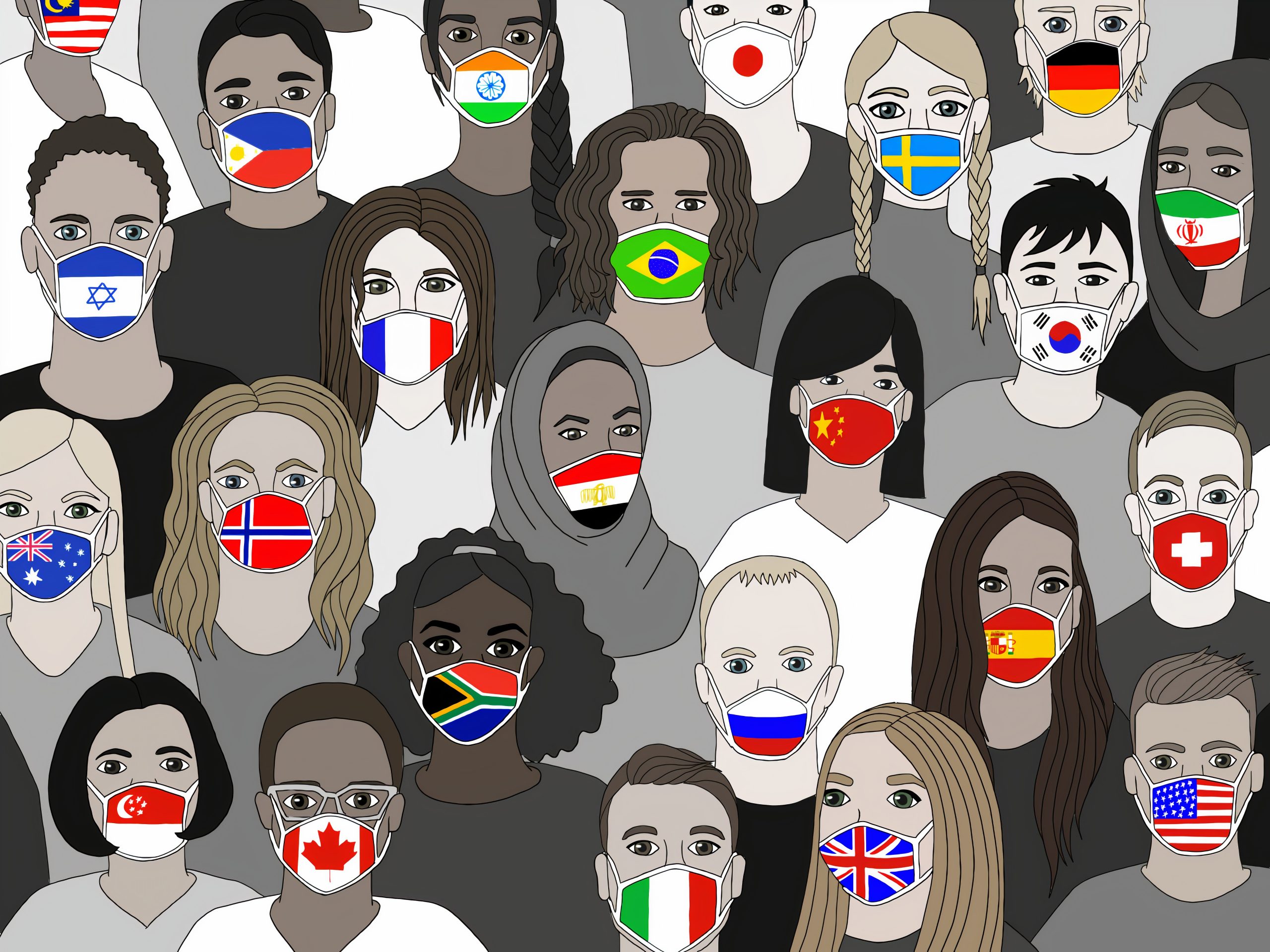
Early Detection Crucial
New research into the quantum sensing prowess of nanodiamonds to exponentially increase the detection of diseases like COVID-19 and HIV has been released. The findings were published in Nature by lead author Professor Rachel McKendry, Professor of Biomedical Nanotechnology at UCL and Director of i-sense EPSRC IRC.
Paper-based lateral flow tests work similarly to pregnancy tests — that is to say the strip of paper is dipped in a fluid sample before a fluorescent signal (colour change) indicates a result in the positive and the detection of virus proteins or DNA. Such tests can be used to identify diseases like COVID-19 and SARS-CoV-2.
But where do nanodiamonds come into it?
The research paper, Spin-enhanced nanodiamond biosensing for ultrasensitive diagnostics (2020), presents the fact that low-cost nanodiamonds can be applied to indicate the existence of an HIV disease marker with a sensitivity five orders of magnitude (100,000 times) greater than the gold nanoparticles currently employed to administer these tests.

Nanodiamonds Are Forever!
“Our proof-of-concept study shows how quantum technologies can be used to detect ultralow levels of virus in a patient sample, enabling much earlier diagnosis,” said McKendry on the research. “We have focused on the detection of HIV, but our approach is very flexible and can be easily adapted to other diseases and biomarker types. We are working on adapting our approach to COVID-19. We believe that this transformative new technology will benefit patients and protect populations from infectious diseases.”

The magic of utilizing quantum technologies in this is the deeper sensitivity gives rise to ‘lower viral loads’ to be detected. This could equate to tests picking up lower levels of disease within the test or detect the disease at an earlier stage. Such findings could be very important in reducing the transmission risk of infection to people and for effective treatment regimes of the diseases.
“This interdisciplinary collaboration between UCLQ and the i-sense team in the LCN is a fantastic illustration of how foundational work on quantum systems, such as NV centre in diamond, can evolve from the lab and play a crucial role in real-world applications in sensing and diagnostics.”
— Professor John Morton
Currently, McKendry and the team are busy at work trying to modify the technology to test COVID-19 and other diseases, and they realize the importance of the next phase in making progress to develop a hand-held device able to interpret results and create better health outcomes for patients.
The team exploited the unique quantum properties of nanodiamonds built with a precise imperfection. This imperfection, placed in the extremely regular structure of a diamond, produces a nitrogen-vacancy (NV) centre. These NV centres can be used in quantum information processing for manufacturing qubits in quantum computing (QC), in fluorescent biomarking for use in the ultra-sensitive imaging industry, and in detecting the presence of an antigen or other target molecule by emitting a bright fluorescent light.
Dr. Ben Miller, an i-sense postdoctoral research associate at the London Centre for Nanotechnology at UCL and first author of the paper, said: “Paper-based lateral flow tests with gold nanoparticles do not require laboratory analysis, making them particularly useful in low resource settings and where access to healthcare is limited. They are low cost, portable, and user friendly. However, these tests currently lack the sensitivity to detect very low levels of biomarkers. By replacing commonly used gold nanoparticles with fluorescent nanodiamonds in this new design, and selectively modulating their (already bright) emission of light, we have been able to separate their signal from the unwanted background fluorescence of the test strip, dramatically improving sensitivity.”
Another contributor in the research, co-author Professor John Morton, Director of UCL’s Quantum Science and Technology Institute (UCLQ), said: “This interdisciplinary collaboration between UCLQ and the i-sense team in the LCN is a fantastic illustration of how foundational work on quantum systems, such as NV centre in diamond, can evolve from the lab and play a crucial role in real-world applications in sensing and diagnostics. Researchers at UCLQ are exploring and enabling the impact of these and other quantum technologies by working with industry and other academic research groups.”

Professor Morton’s words here are important, for it will be in the exploration and empowerment of quantum technologies — and the industry’s collaboration with research and industry — that will change the tide in our battle against diseases like COVID-19.
And quantum technologies, starting with the manipulation of nanodiamonds, is a good place as any to start.
If you found this article to be informative, you can explore more current quantum news here, exclusives, interviews, and podcasts.


















